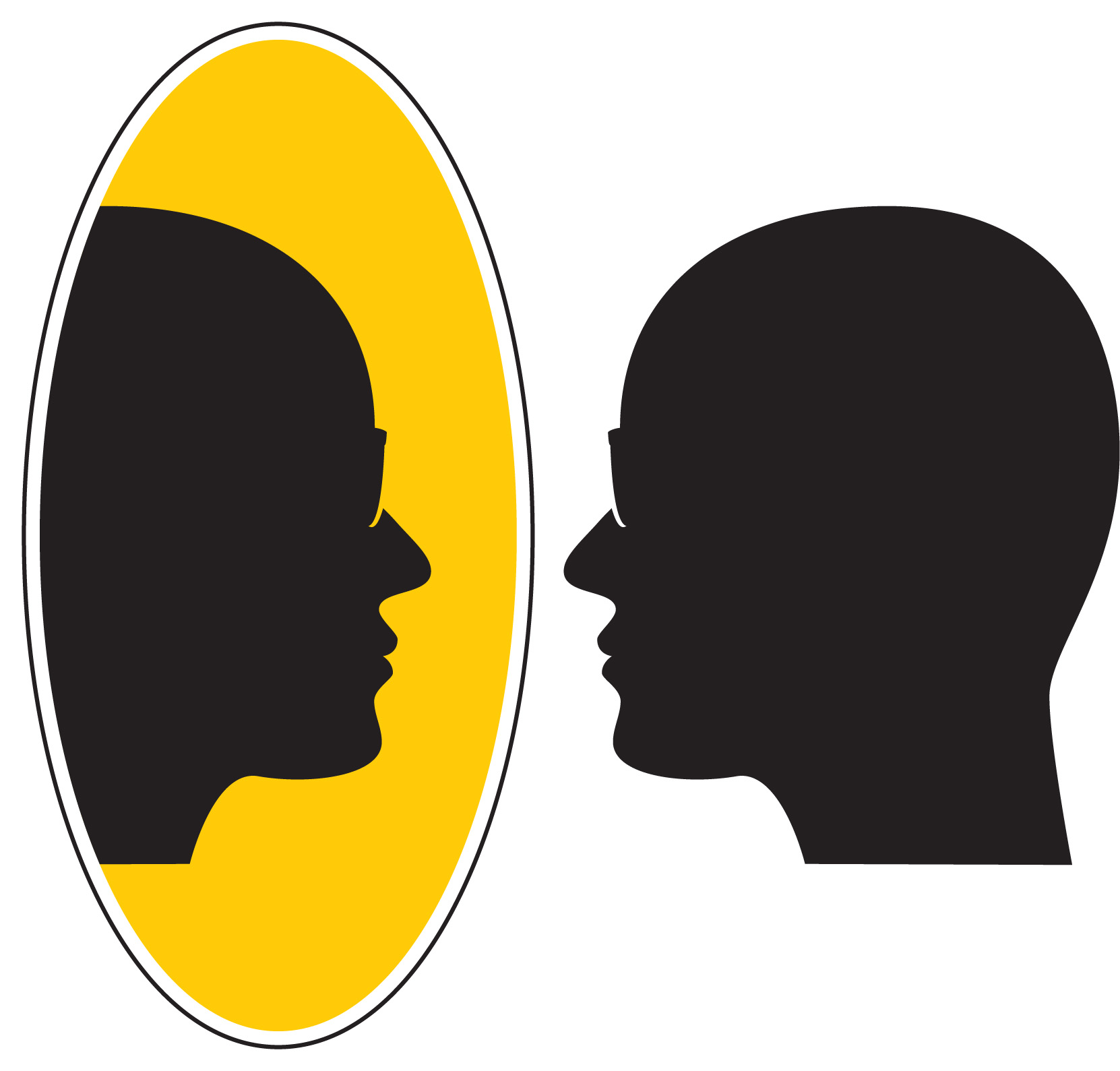IMAGES
Contents
Federation through Images
Rebuilding knowledge work
The issue of epistemology
Our ideas about what constitutes good knowledge have evolved since antiquity, and now find their foremost expression in science and philosophy. During the past century fundamental insights have been reached in science and philosophy that now enable us to develop knowledge work on entirely new premises. And to repurpose knowledge and knowledge work on this new basis, by adapting them to their increasingly vital social role – the role of informing people. We shall summarize those insights briefly in our very first story in Federation through Stories. Here, however, we shall represent them largely by the insights of a single person – Albert Einstein. Already a handful of brief excerpts from his texts will turn out to be sufficient for our purpose. Einstein here appears in his usual role of an icon, representing "modern science".
Blueprint of a socio-technical lightbulb
If the word "epistemology" does not mean much to you, consider what is being told here as simply a description of a new principle of operation for the socio-technical lightbulb. That fire can provide us light, that we've known since before the civilization. But now we'll see that, metaphorically speaking, electricity can provide us an even much stronger light, which we can point at will to illuminate whatever needs to be seen. What will be described is both what 'electricity' here means, and how a lightbulb with suitable properties may be constructed.
Steps toward big picture science
We'll show how the characteristic approach to knowledge that has been developed in the sciences can be generalized and made applicable to any theme or issue. And most importantly, we shall see how this approach can be adapted to the need of creating big-picture information, and provide insight and orientation.
We shall at the same time use some elements of this big-picture science, notably the ideogram. As we have seen, the ideogram play in this generalization of science a similar role as mathematical formulas do in physics – they provide a general message about how the things are related, that can be recognized at a glance. An important use of ideograms here is to provide a gestalt – an insight into a nature of situation, which points to a way in which the situation may need to be handled.
Repurposing science
The academic mirror

On every university campus there is a mirror. Busy with article deadlines and courses, we do not normally see it. But it is there! When we see ourselves in this mirror, we see the same world that we see around us. But we also see ourselves in the world.
The mirror here represents the insight, reached in so many ways in 20th century's science and philosophy (see Federation through Stories), that we cannot really build our knowledge work solidly on the age-old assumption that the purpose of knowledge is to mirror reality "objectively", as it truly is.
When we see ourselves in this mirror, we see that it is really us that have created both our knowledge and our knowledge work. We realize that we are not disembodied spirits hovering over the world and looking at it objectively – but people living in the world, and responsible for it.
As the case is in Louis Carroll's familiar story, this academic mirror too can be walked right through! And when we do that, we find ourselves in an entirely different academic reality. (You may now understand Knowledge federation as a model or prototype of that reality.)
A very brief justification
XXXX
A new foundation for knowledge
We are careful to walk our talk and present here only the big picture, and leave all the technical details and points of reference for the detailed views that bear the names of the ideograms. We will, however, make an exception here and just name a single key technical idea that makes it all work most beautifully. What makes 'the magic' possible, of 'walking through the mirror', is what Villard Van Orman Quine called "truth by convention". By waving this 'magical wand', the age-old preoccupation with truth and meaning can be consistently transferred to what Herbert Simon called "sciences of the artificial" – which is really what, in technical terms, 'the reality behind the mirror' signifies. We let the interested reader discover the details with the help of the provided documents.
